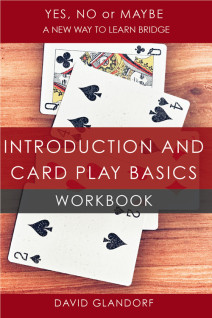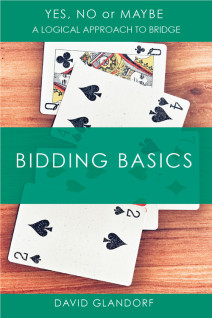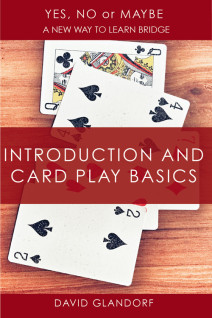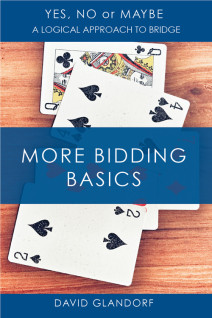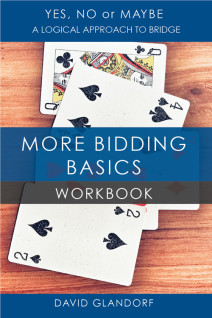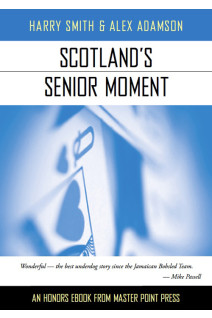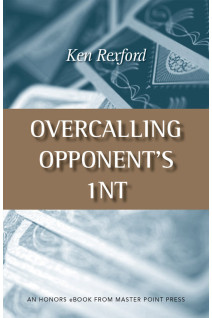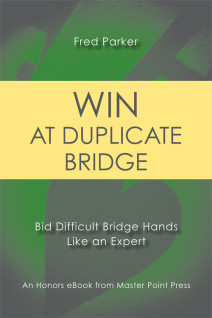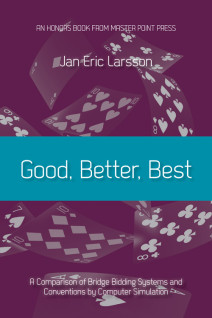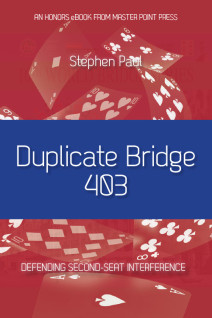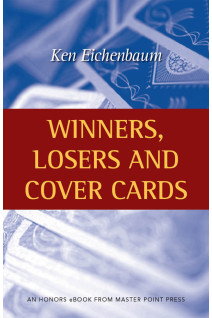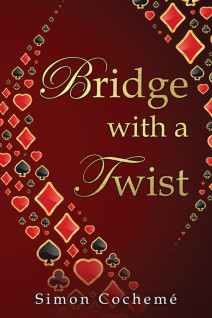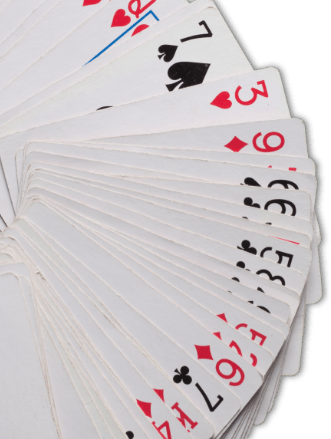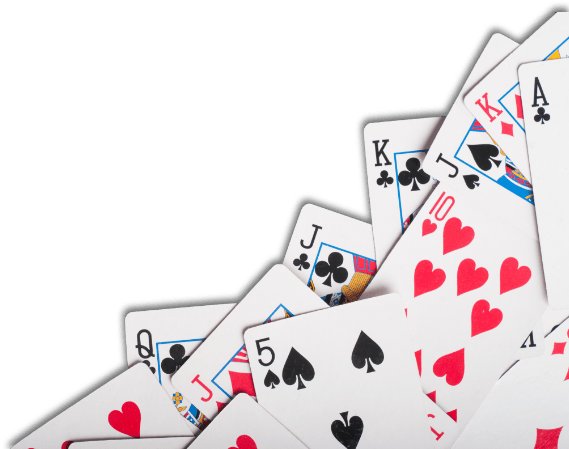Yes, No or Maybe: Bidding Basics Workbook
- Adobe .PDF
- .epub format (most e-Readers)
- .mobi format (for Kindle)
Are you tired of learning/teaching bridge from a cookbook? Tired of memorizing how many points you need to bid this or that? Do you have trouble determining if you have a minimum, medium or maximum hand and what you are supposed to do if it fits in a particular category? Then Yes, No or Maybe is what you need. This is a series of three textbooks and companion workbooks for beginning bridge students.
This workbook accompanies the second textbook, Bidding Basics, which introduces the student to bidding, including opening bids at the one-level with responses and rebids, overcalls and takeout doubles with advances and rebids, the use of cuebids by responder and advancer, and the practical application of the Law of Total Tricks.
Once an opening bid has been made, responder and opener rely primarily on their answers to the basic questions to guide their bidding decisions. Their initial answers are usually ‘Maybe.’ But, as the bidding progresses, the answers are resolved into ‘Yes’ or ‘No’ and these answers govern the subsequent bidding. Of course, they must also have certain rules to follow regarding the number of cards shown with their bids as well as a few priorities for resolving bidding
options. The same logical process is used for intervener and advancer after an overcall or takeout double.
"I only wish that such a book had existed when I was starting out."
Barbara Seagram Author of 25 Bridge Conventions You Should Know
- Number of pages: 95
- Language: English
- Categories:
Are you tired of learning/teaching bridge from a cookbook? Tired of memorizing how many points you need to bid this or that? Do you have trouble determining if you have a minimum, medium or maximum hand and what you are supposed to do if it fits in a particular category? Then Yes, No or Maybe is what you need. This is a series of three textbooks and companion workbooks for beginning bridge students.
This workbook accompanies the second textbook, Bidding Basics, which introduces the student to bidding, including opening bids at the one-level with responses and rebids, overcalls and takeout doubles with advances and rebids, the use of cuebids by responder and advancer, and the practical application of the Law of Total Tricks.
Once an opening bid has been made, responder and opener rely primarily on their answers to the basic questions to guide their bidding decisions. Their initial answers are usually ‘Maybe.’ But, as the bidding progresses, the answers are resolved into ‘Yes’ or ‘No’ and these answers govern the subsequent bidding. Of course, they must also have certain rules to follow regarding the number of cards shown with their bids as well as a few priorities for resolving bidding
options. The same logical process is used for intervener and advancer after an overcall or takeout double.
"I only wish that such a book had existed when I was starting out."
Barbara Seagram Author of 25 Bridge Conventions You Should Know
There are no reviews for this product yet
Be the first to write a review

 Swipe left
Swipe left

